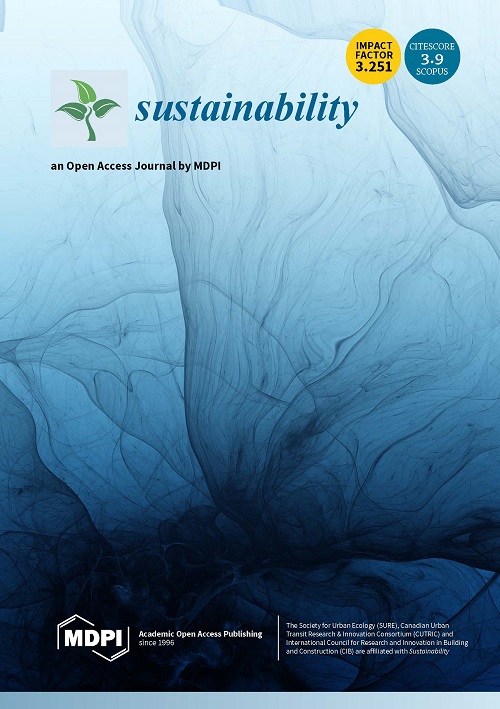Background
Information on above-ground biomass (AGB) is important for managing forest resource use at local levels, land management planning at regional levels, and carbon emissions reporting at national and international levels. In many tropical developing countries, this information may be unreliable or at a scale too coarse for use at local levels. There is a vital need to provide estimates of AGB with quantifiable uncertainty that can facilitate land use management and policy development improvements. Model-based methods provide an efficient framework to estimate AGB.
Methods
Using National Forest Inventory (NFI) data for a ~1,000,000 ha study area in the miombo ecoregion, Zambia, we estimated AGB using predicted canopy cover, environmental data, disturbance data, and Landsat 8 OLI satellite imagery. We assessed different combinations of these datasets using three models, a semiparametric generalized additive model (GAM) and two nonlinear models (sigmoidal and exponential), employing a genetic algorithm for variable selection that minimized root mean square prediction error (RMSPE), calculated through cross-validation. We compared model fit statistics to a null model as a baseline estimation method. Using bootstrap resampling methods, we calculated 95 % confidence intervals for each model and compared results to a simple estimate of mean AGB from the NFI ground plot data.
Results
Canopy cover, soil moisture, and vegetation indices were consistently selected as predictor variables. The sigmoidal model and the GAM performed similarly; for both models the RMSPE was ~36.8 tonnes per hectare (i.e., 57 % of the mean). However, the sigmoidal model was approximately 30 % more efficient than the GAM, assessed using bootstrapped variance estimates relative to a null model. After selecting the sigmoidal model, we estimated total AGB for the study area at 64,526,209 tonnes (+/- 477,730), with a confidence interval 20 times more precise than a simple design-based estimate.
Conclusions
Our findings demonstrate that NFI data may be combined with freely available satellite imagery and soils data to estimate total AGB with quantifiable uncertainty, while also providing spatially explicit AGB maps useful for management, planning, and reporting purposes.
Download:
DOI:
https://doi.org/10.1186/s40663-016-0077-4Altmetric score:
Dimensions Citation Count:
Publication year
2017
Authors
Halperin, J.; LeMay, V.; Chidumayo, E.; Verchot, L.V.; Marshall, P.
Language
English
Keywords
above-ground biomass, tropical forests, monitoring, emissions
Geographic
Zambia
























